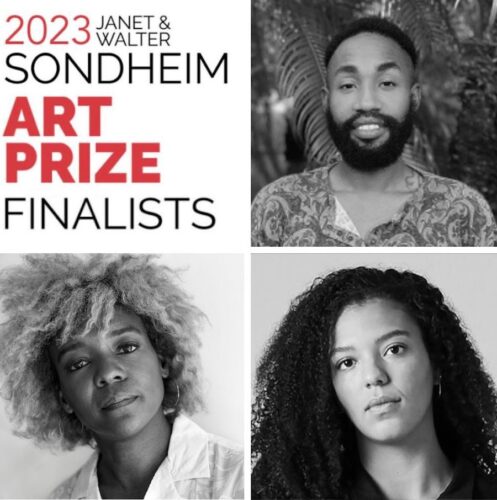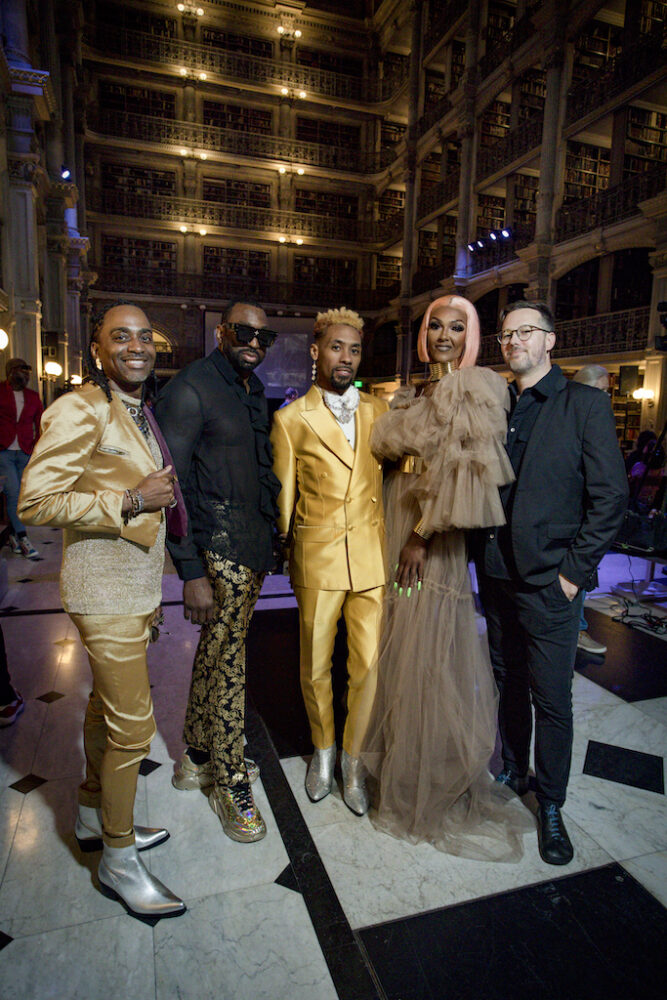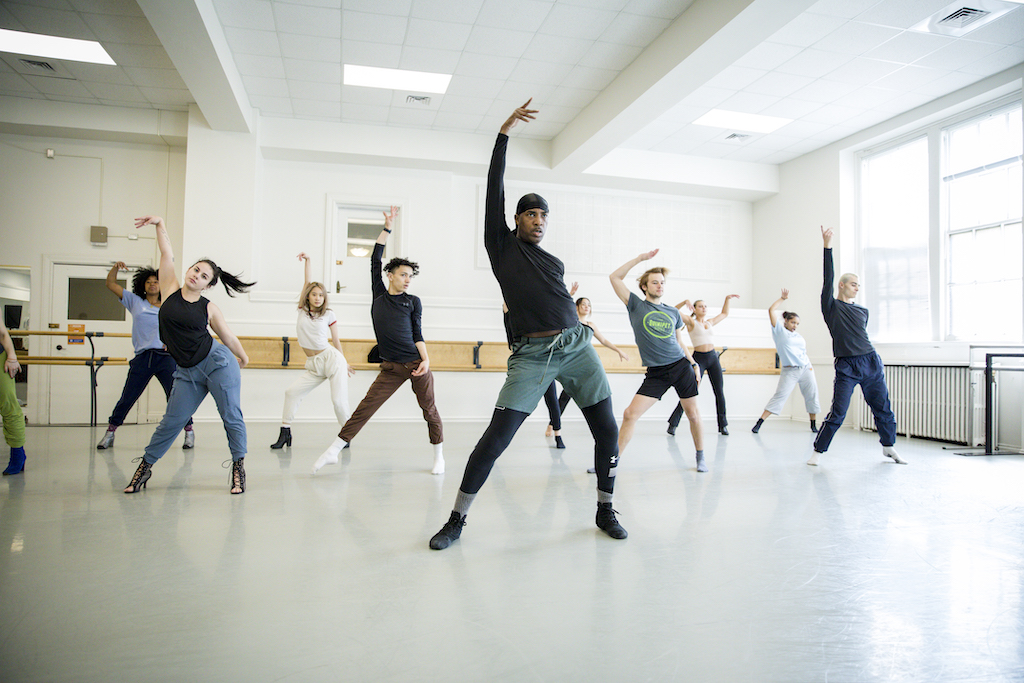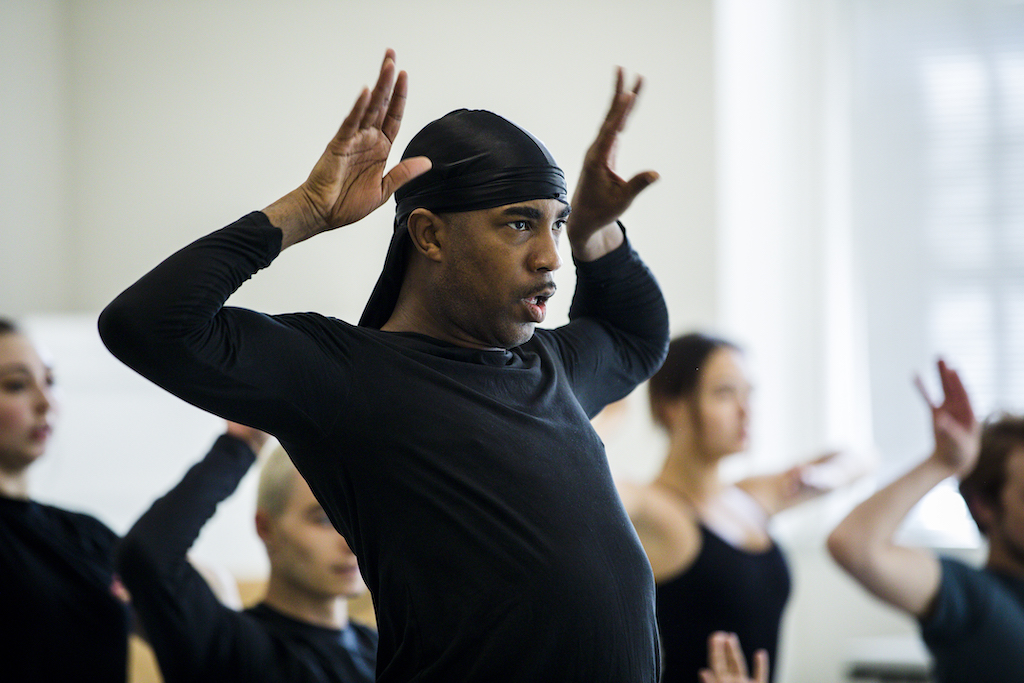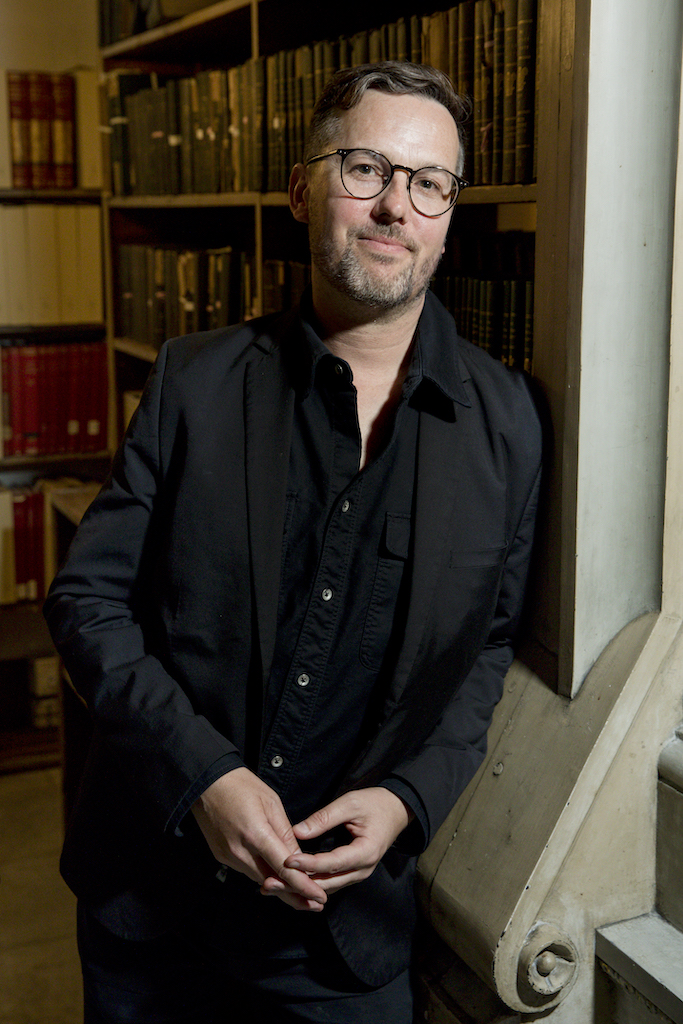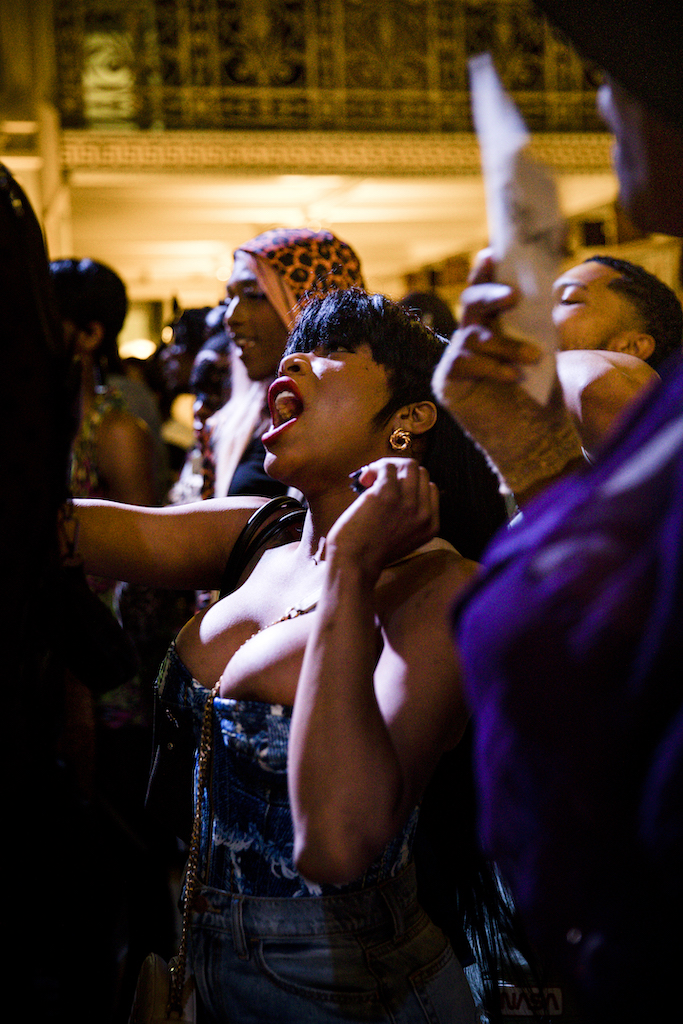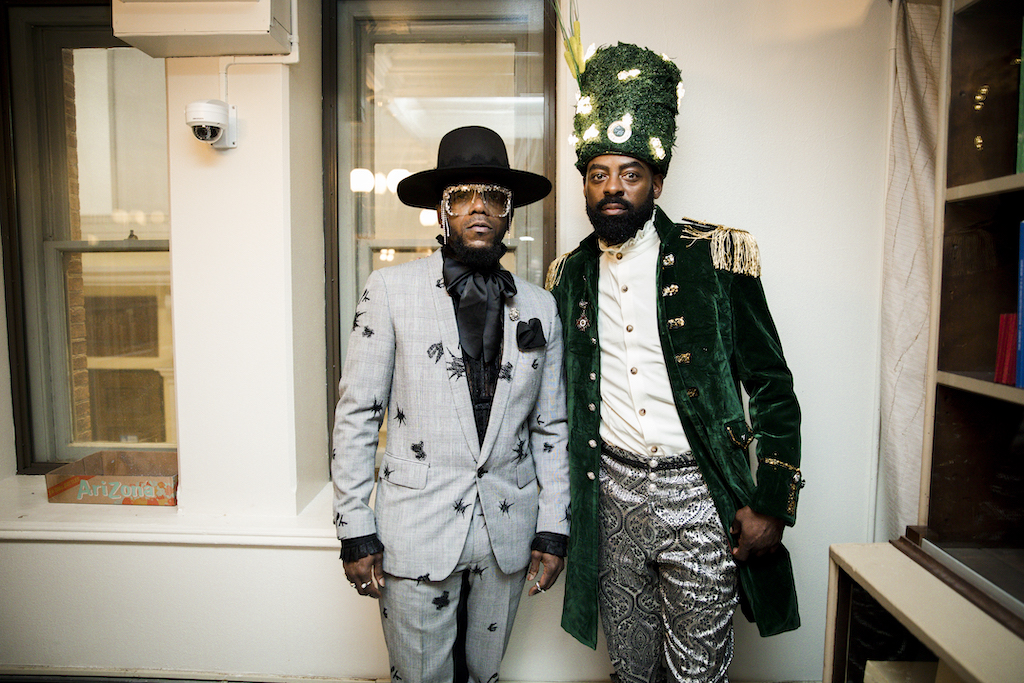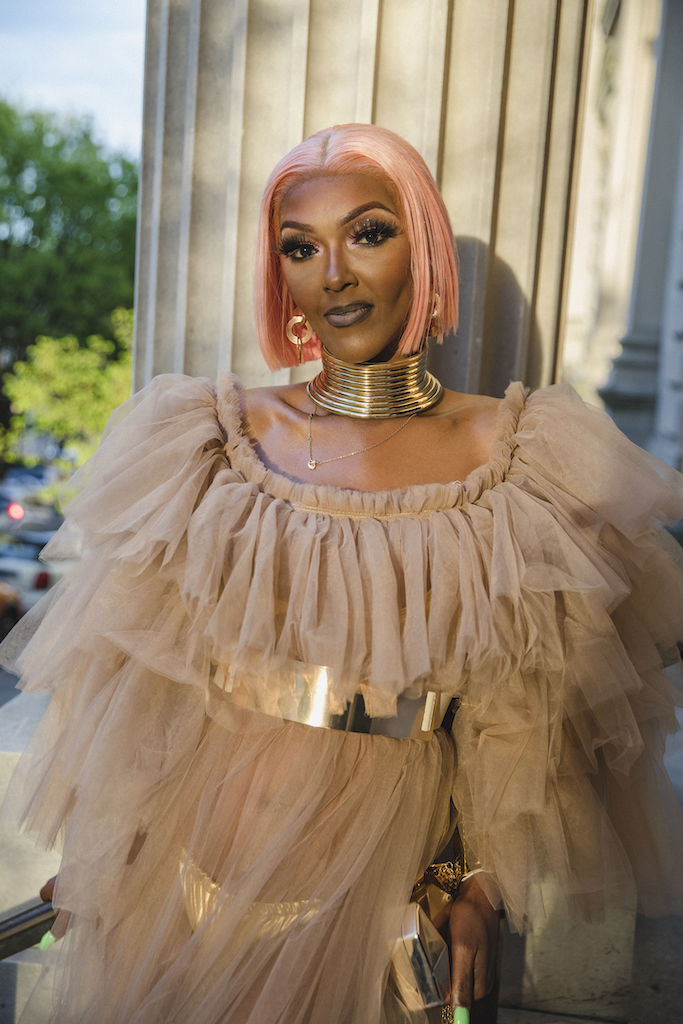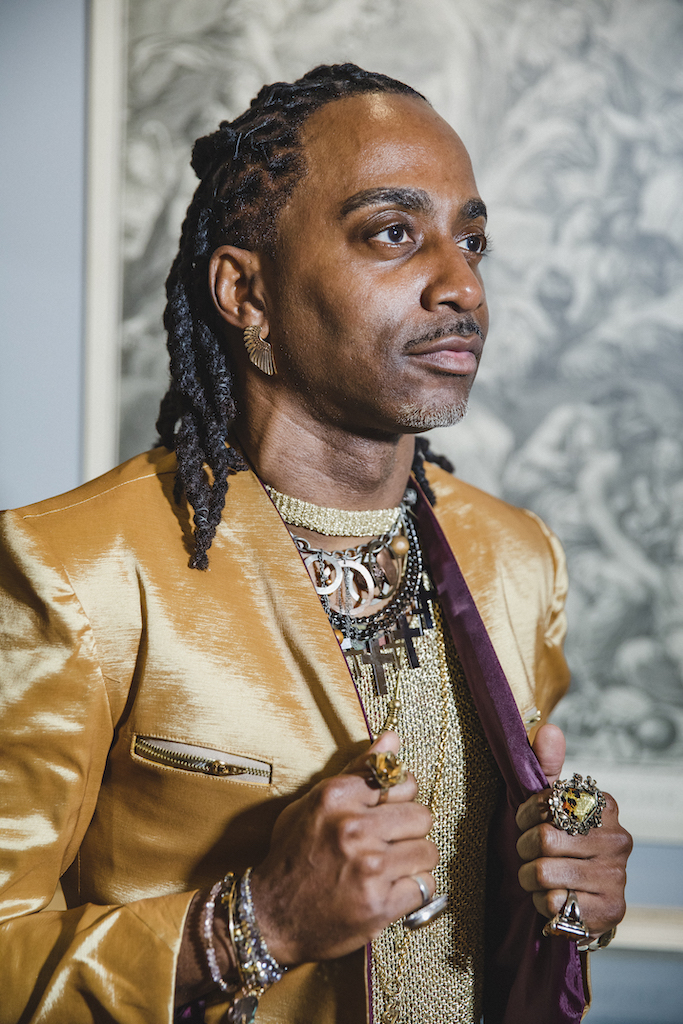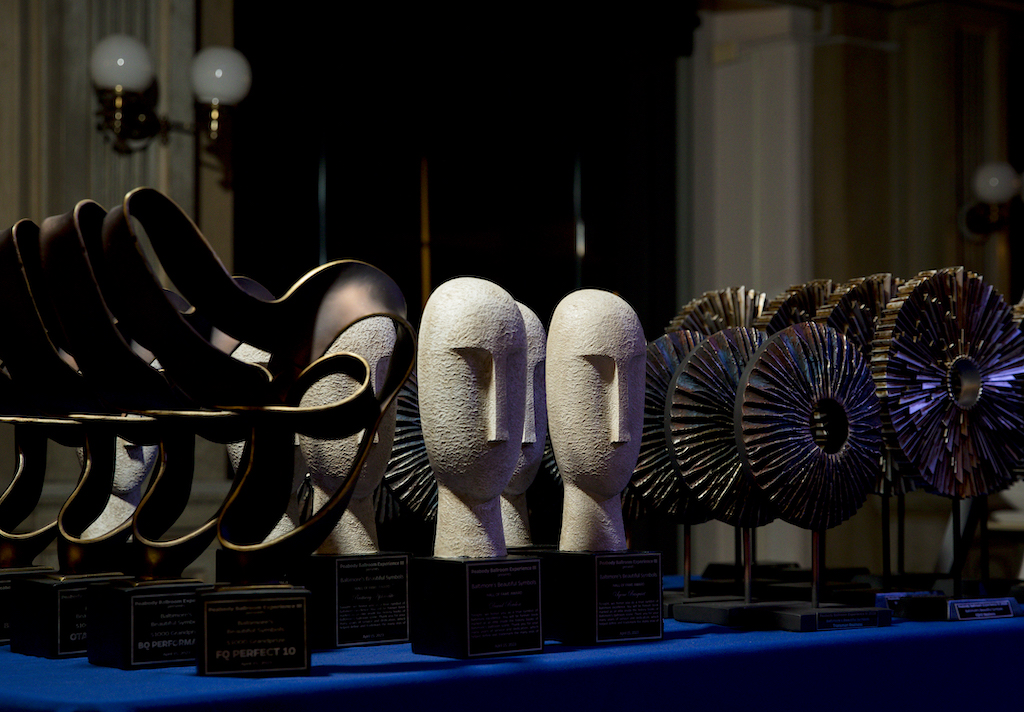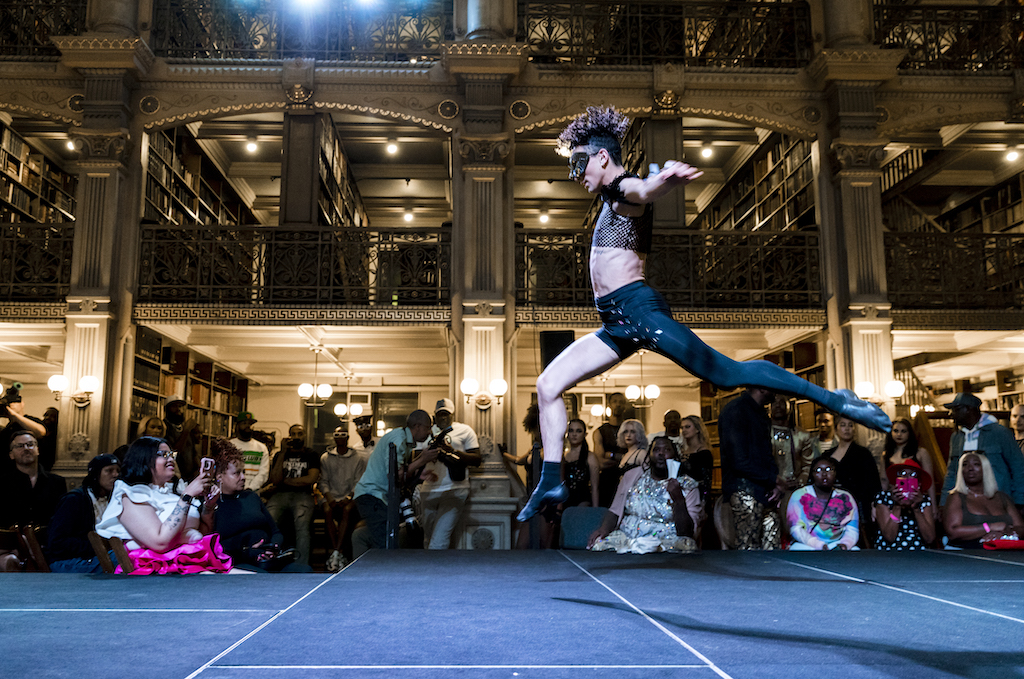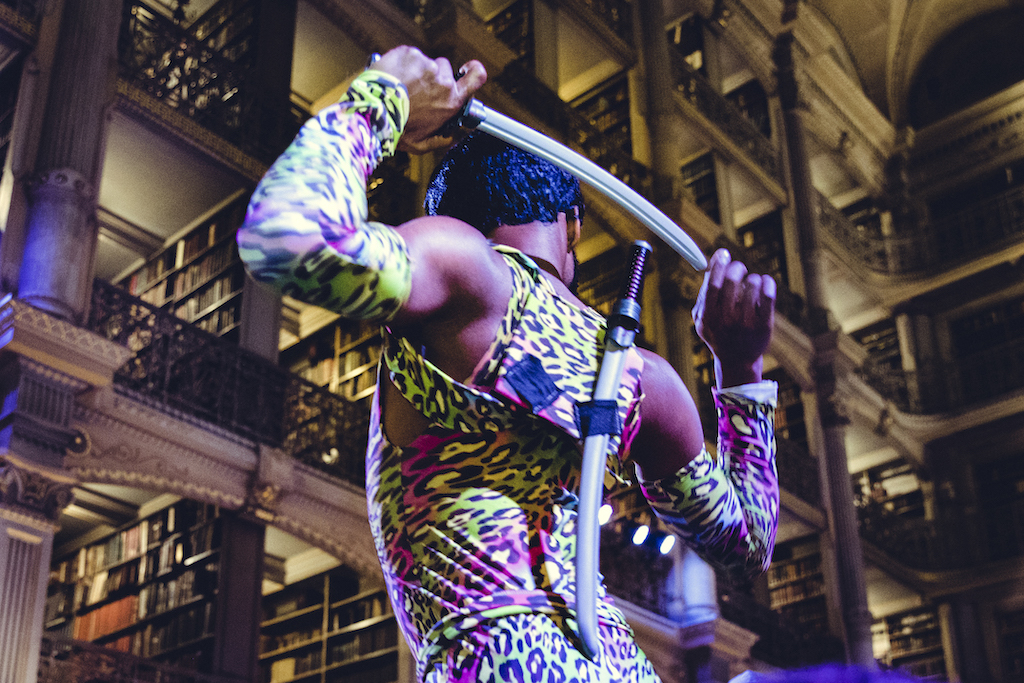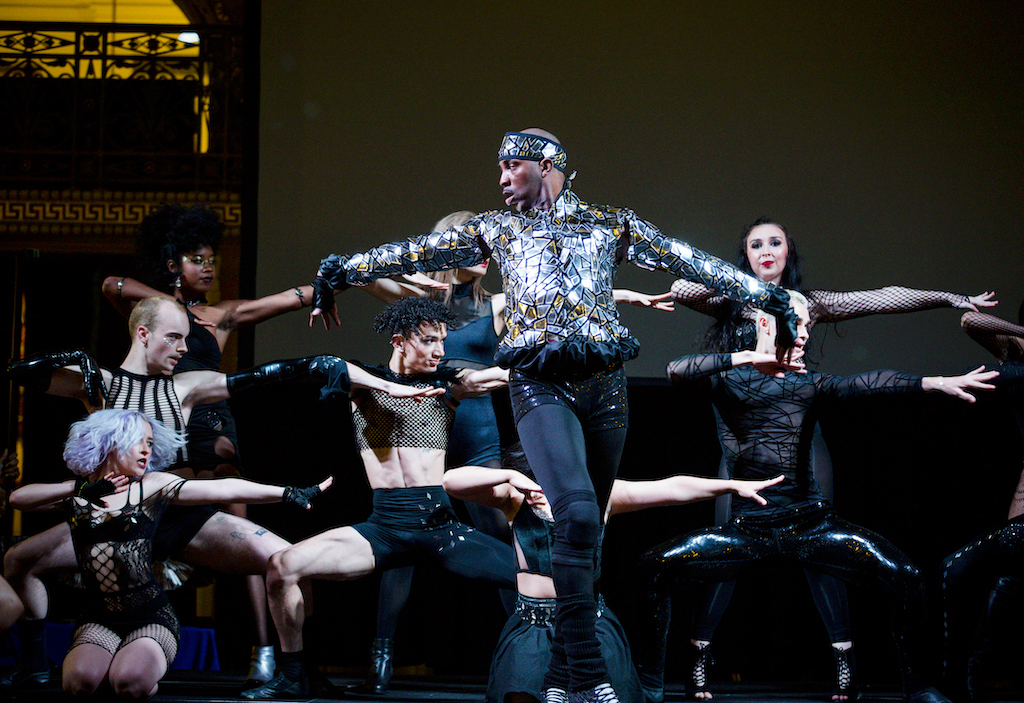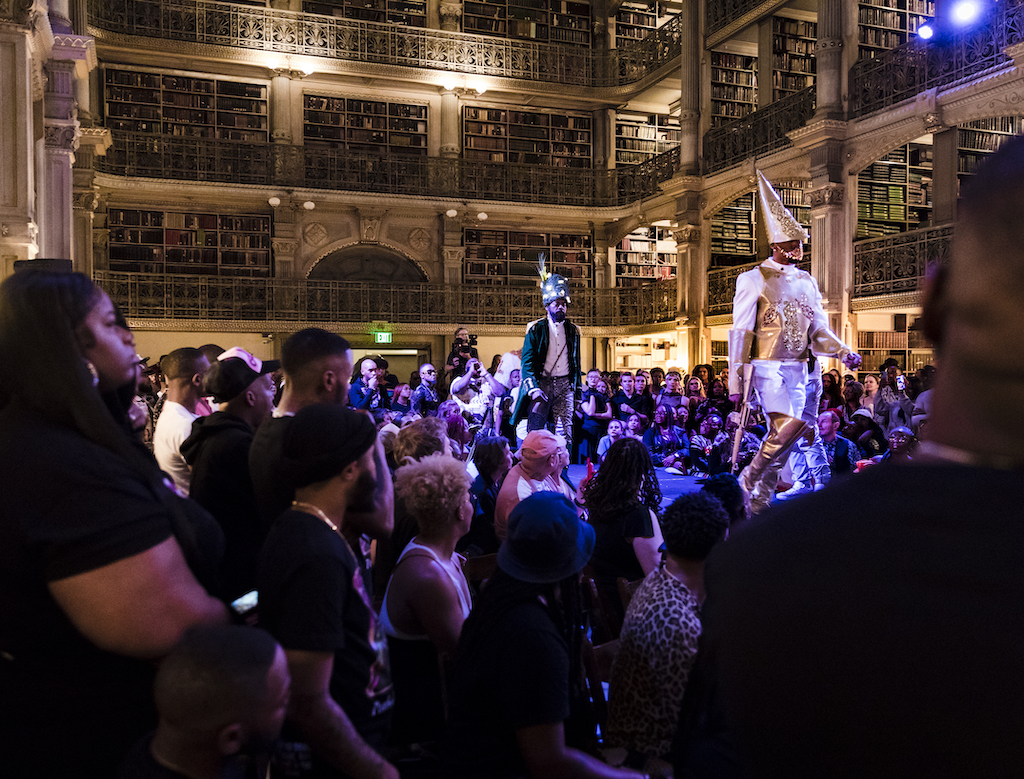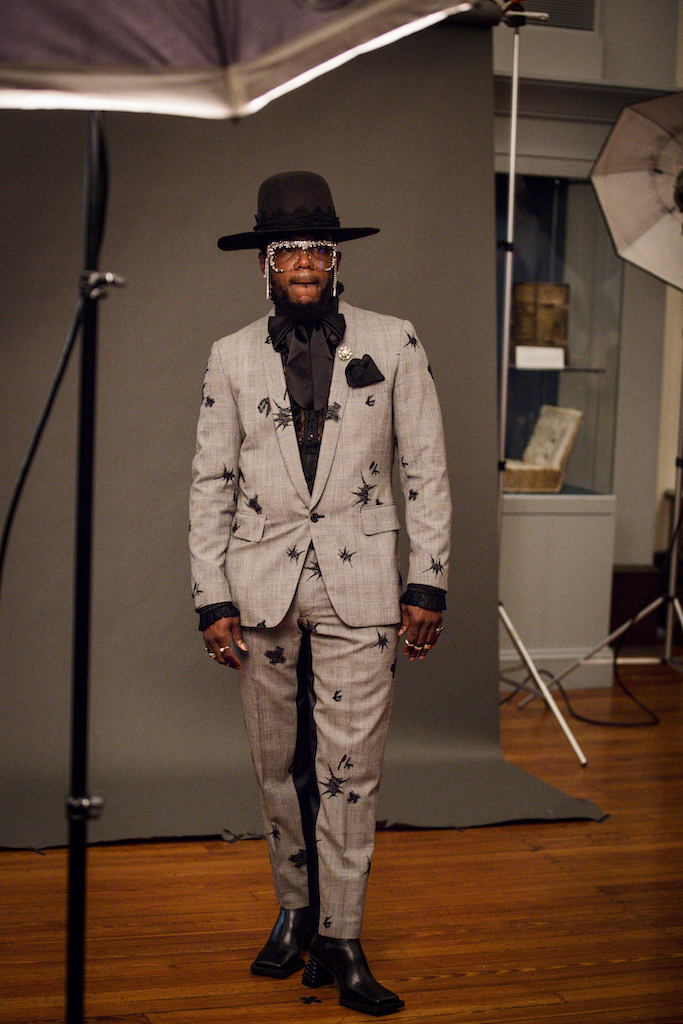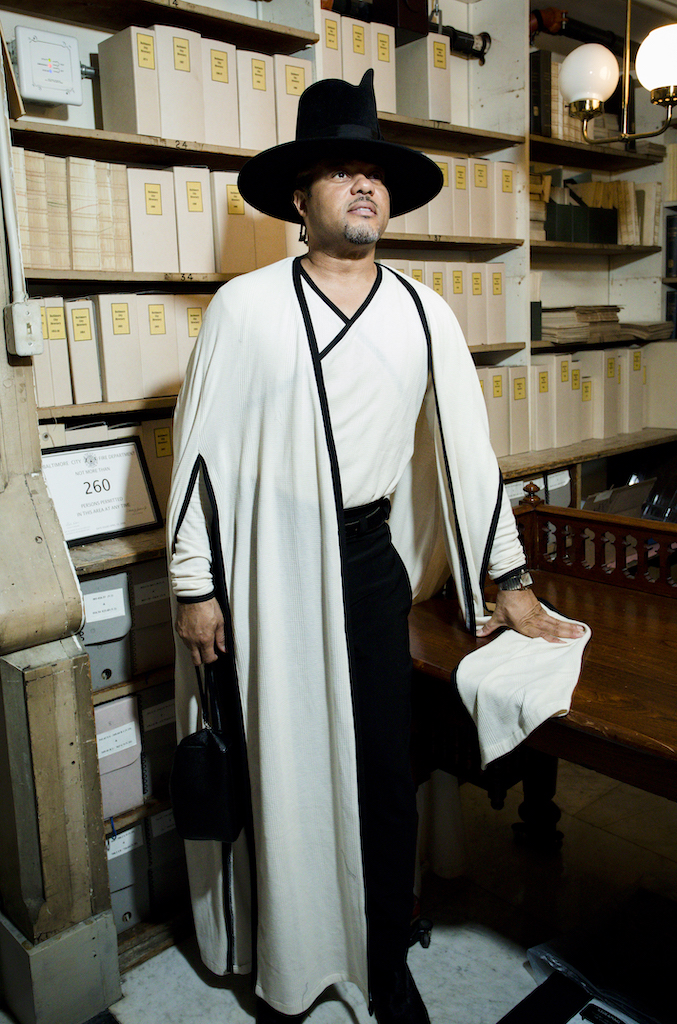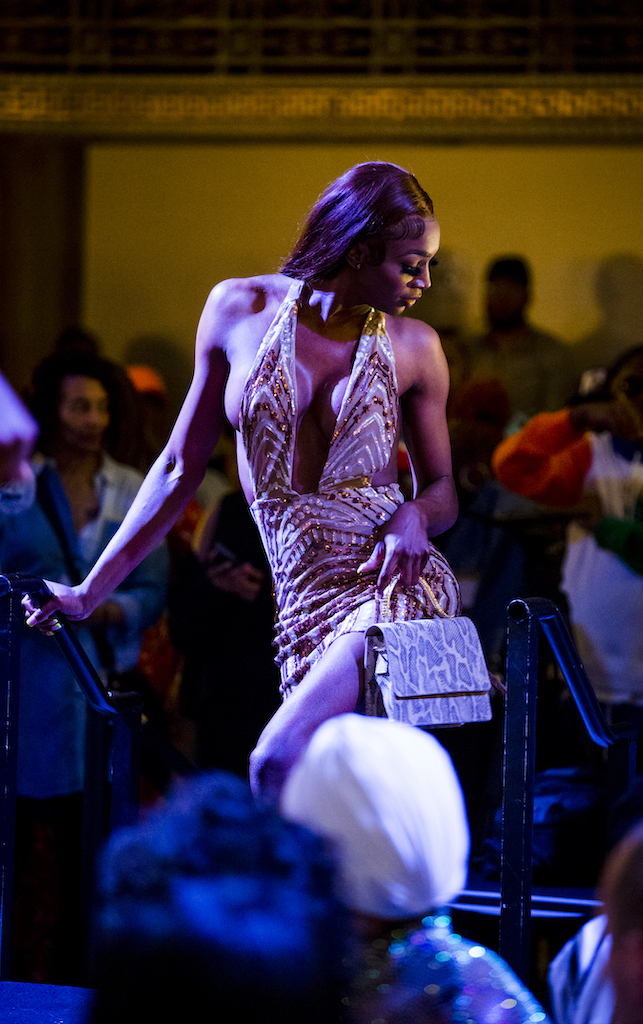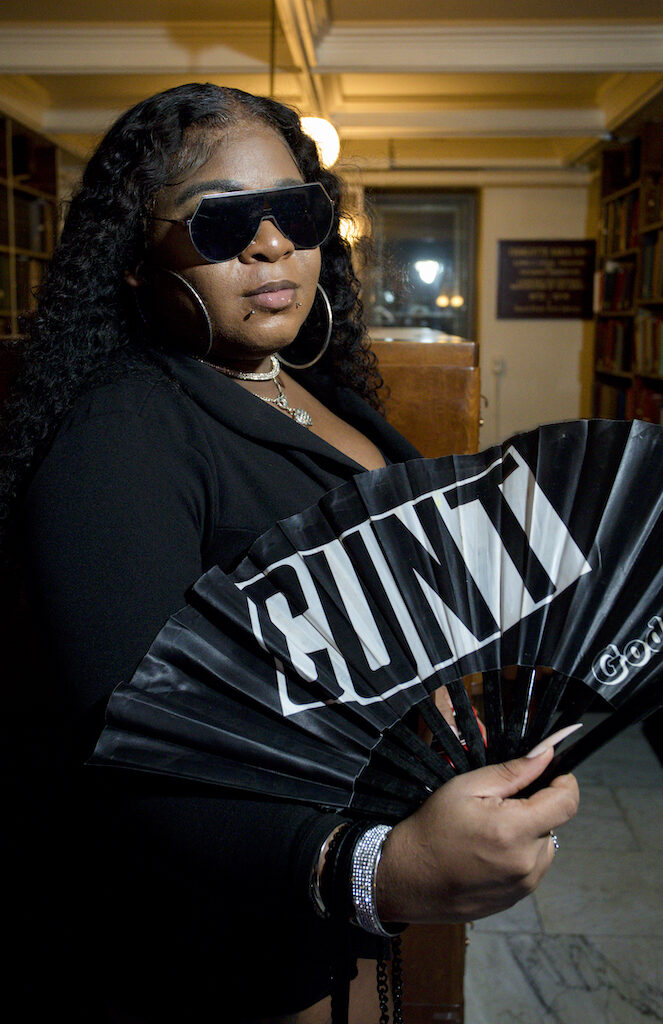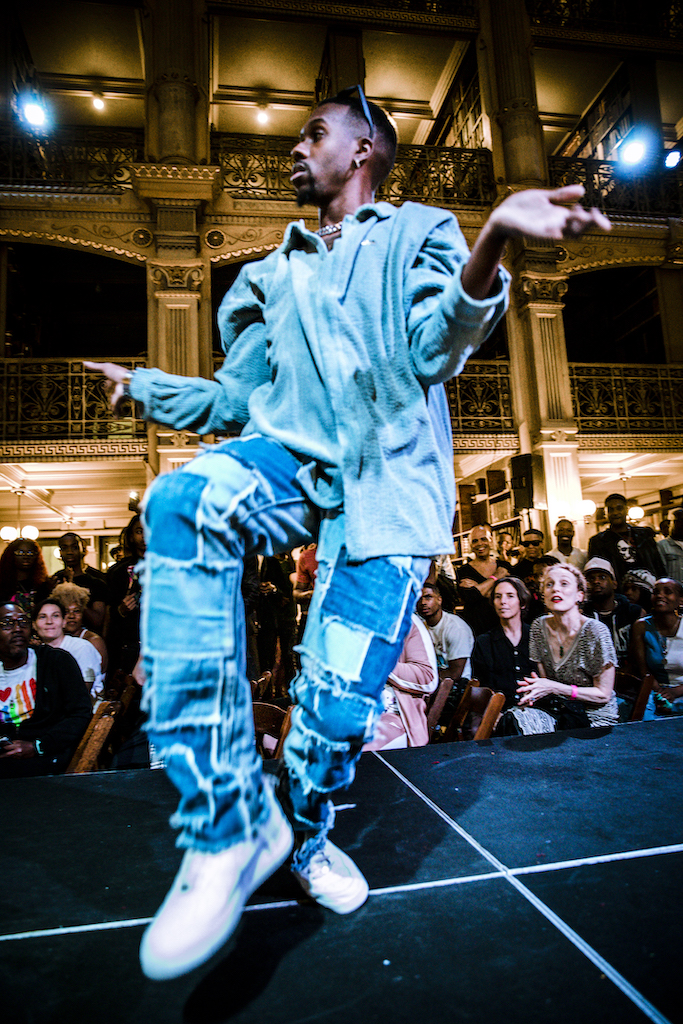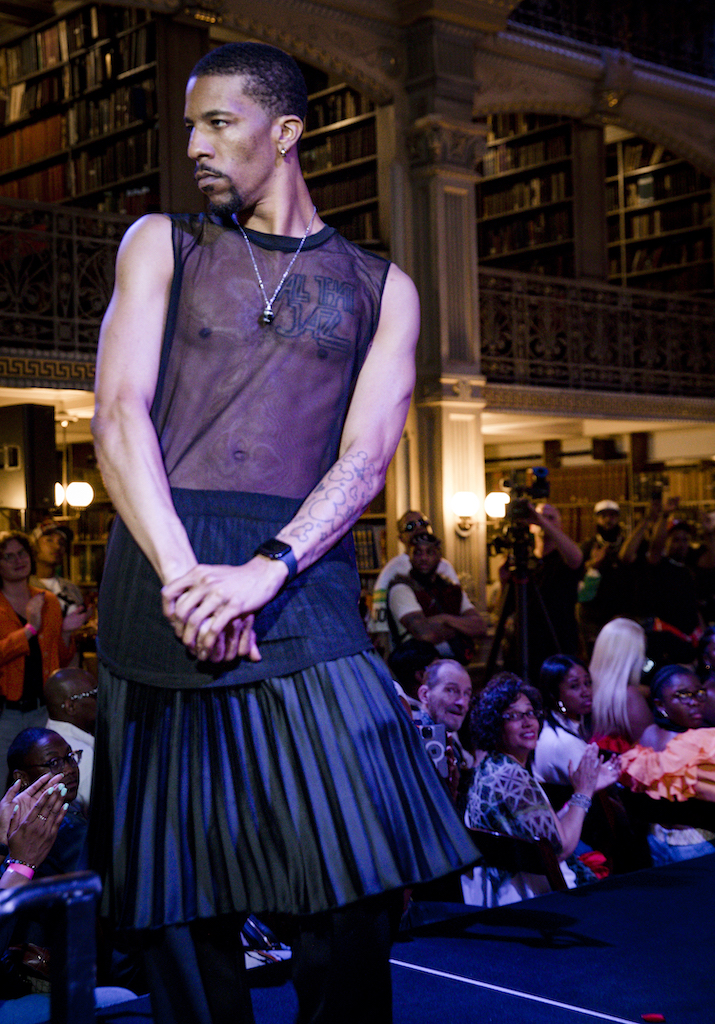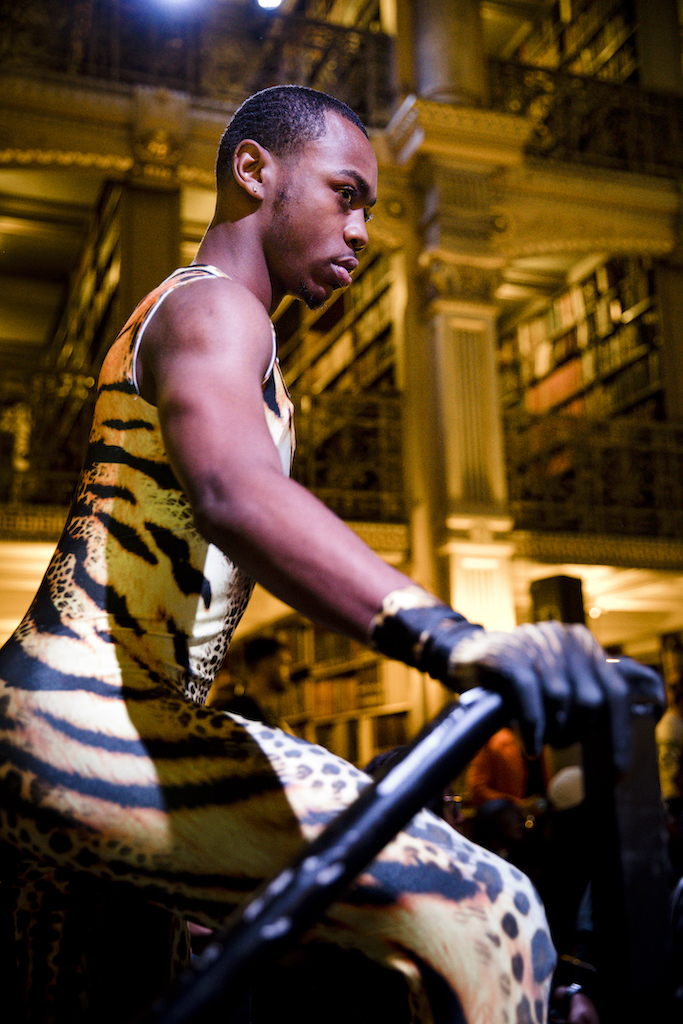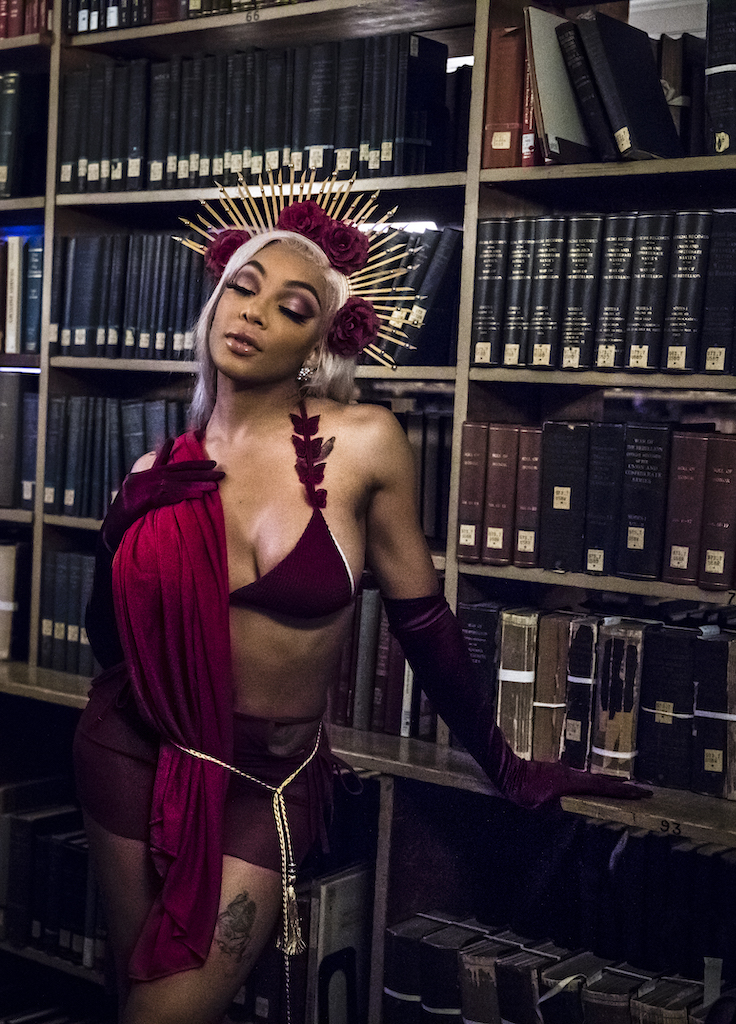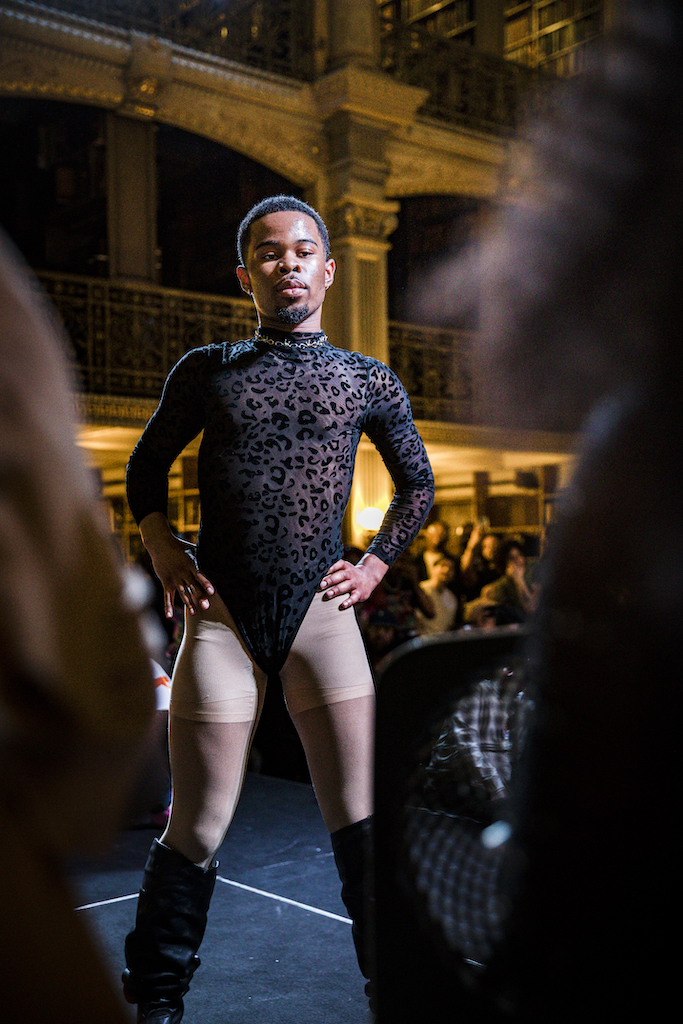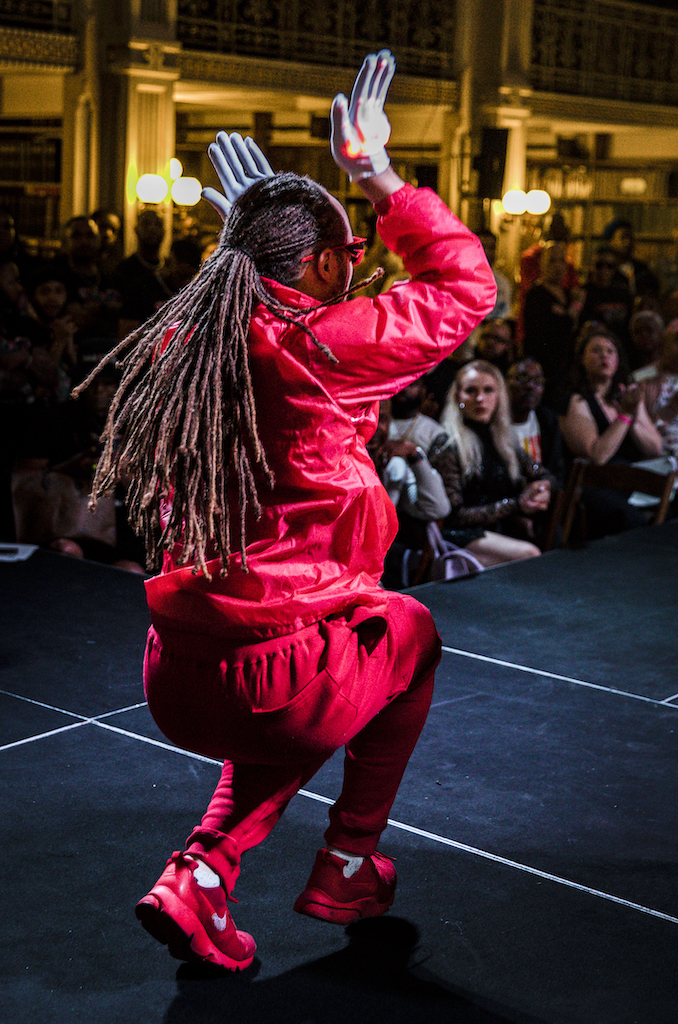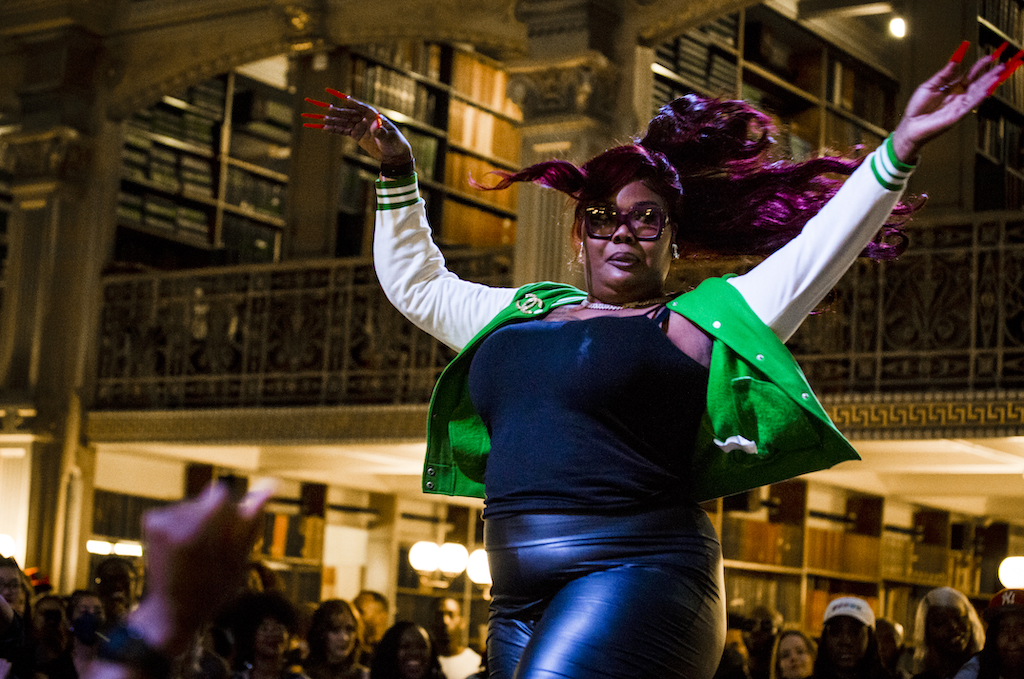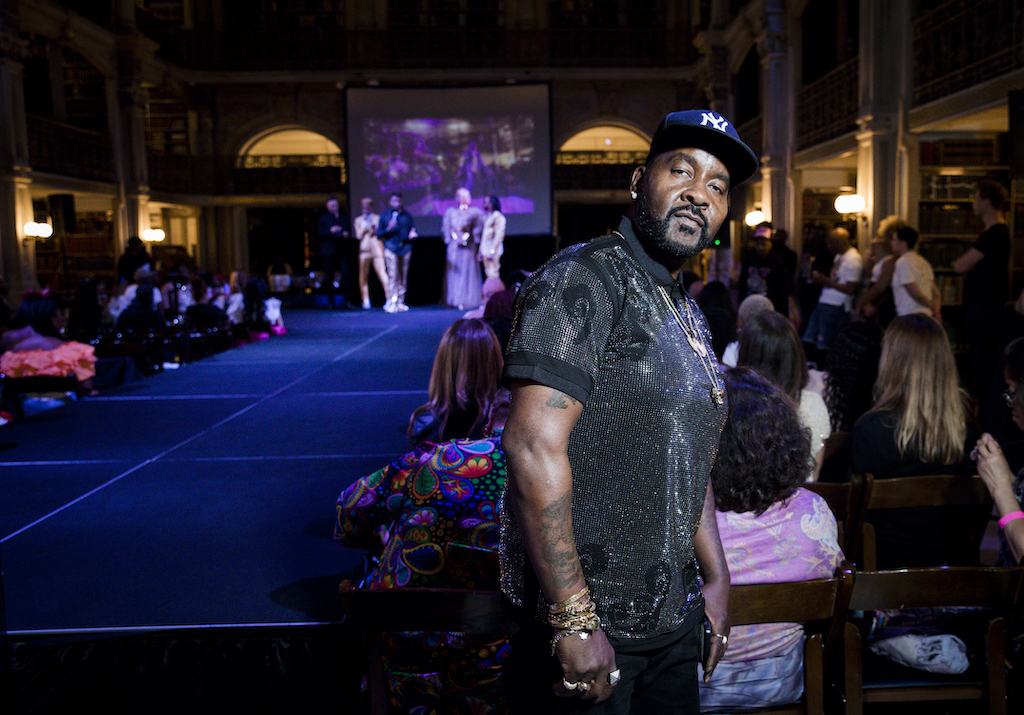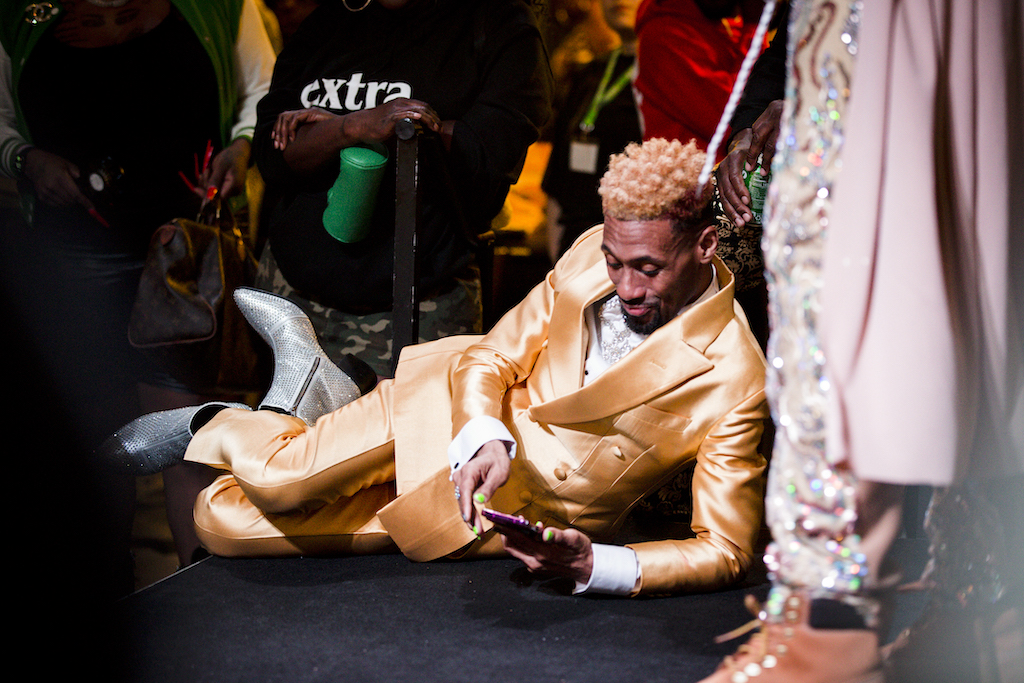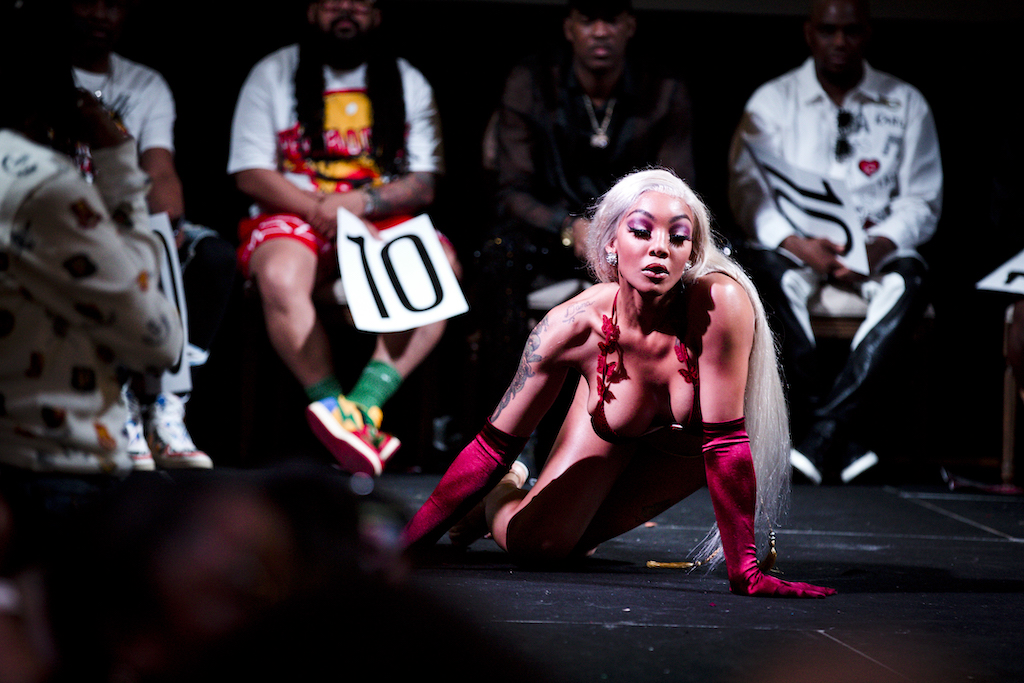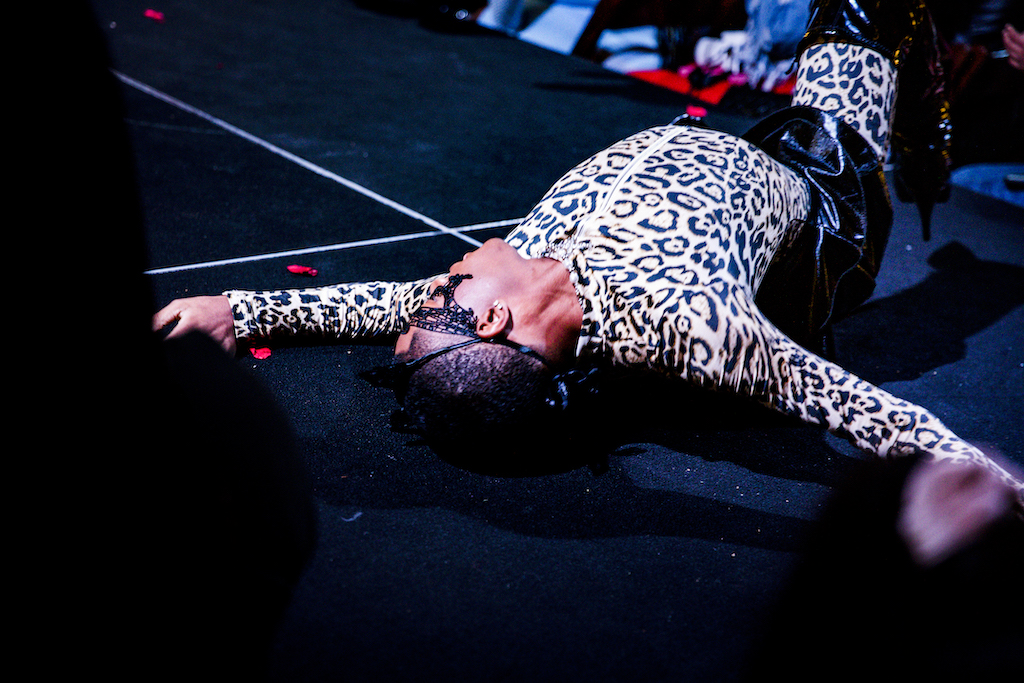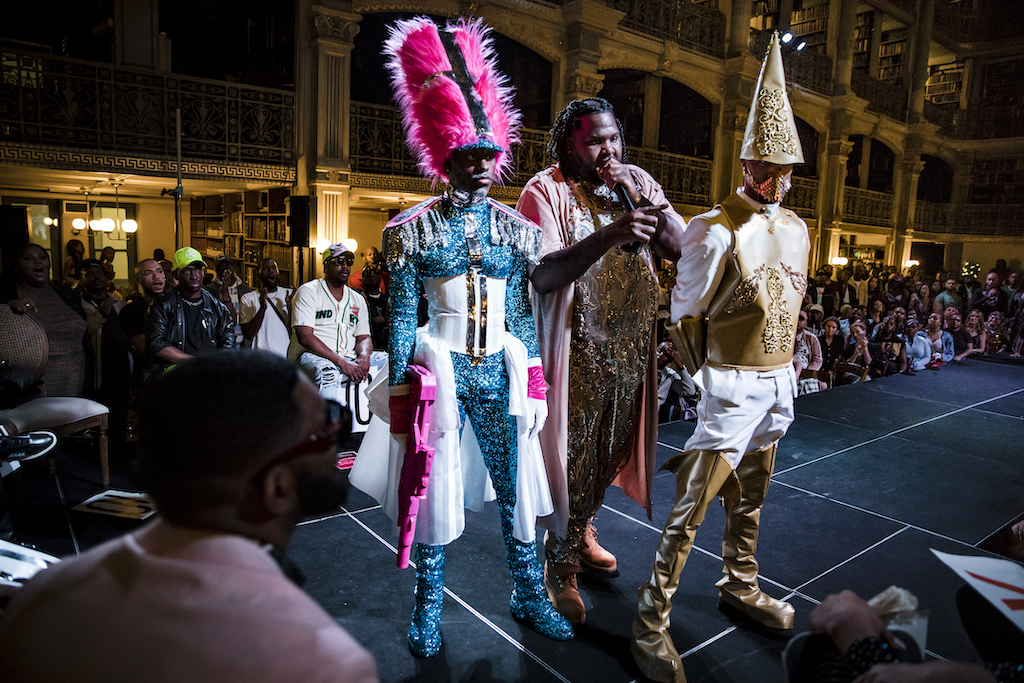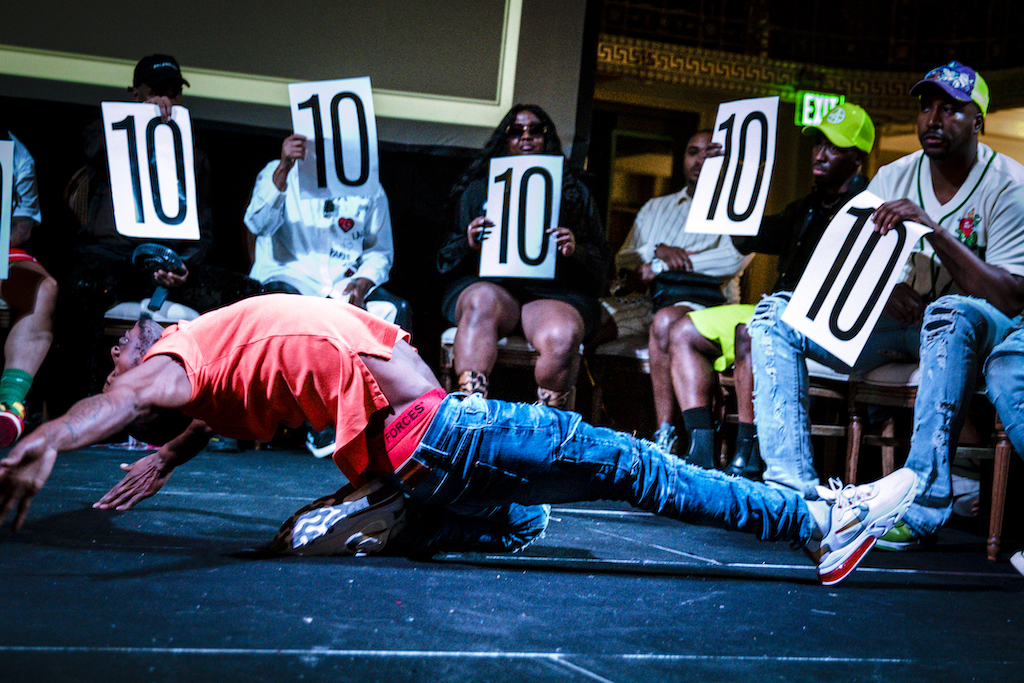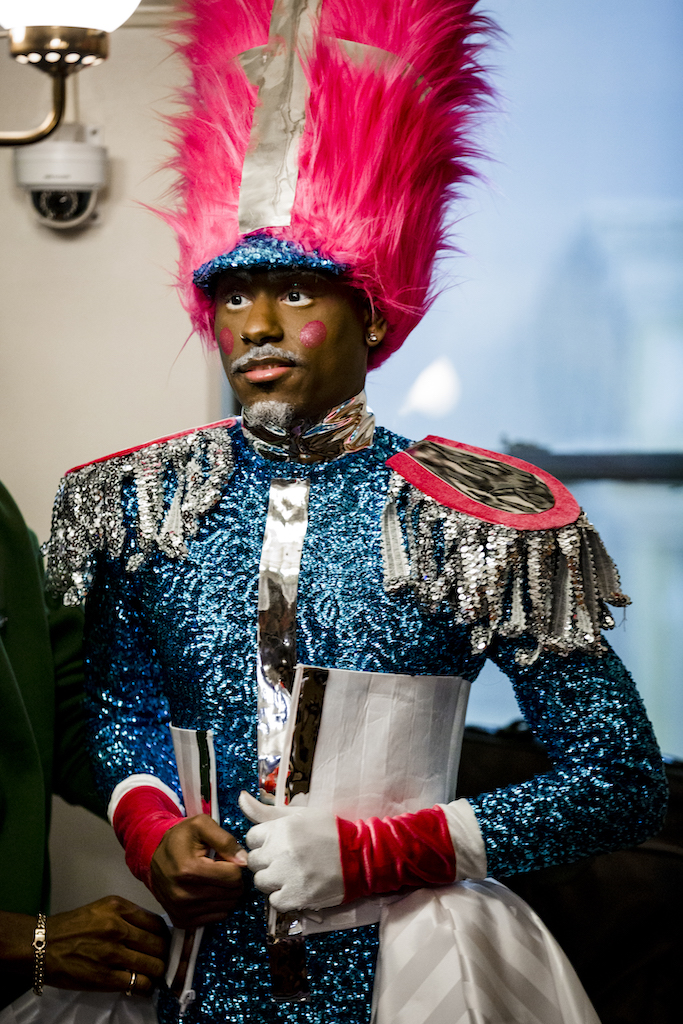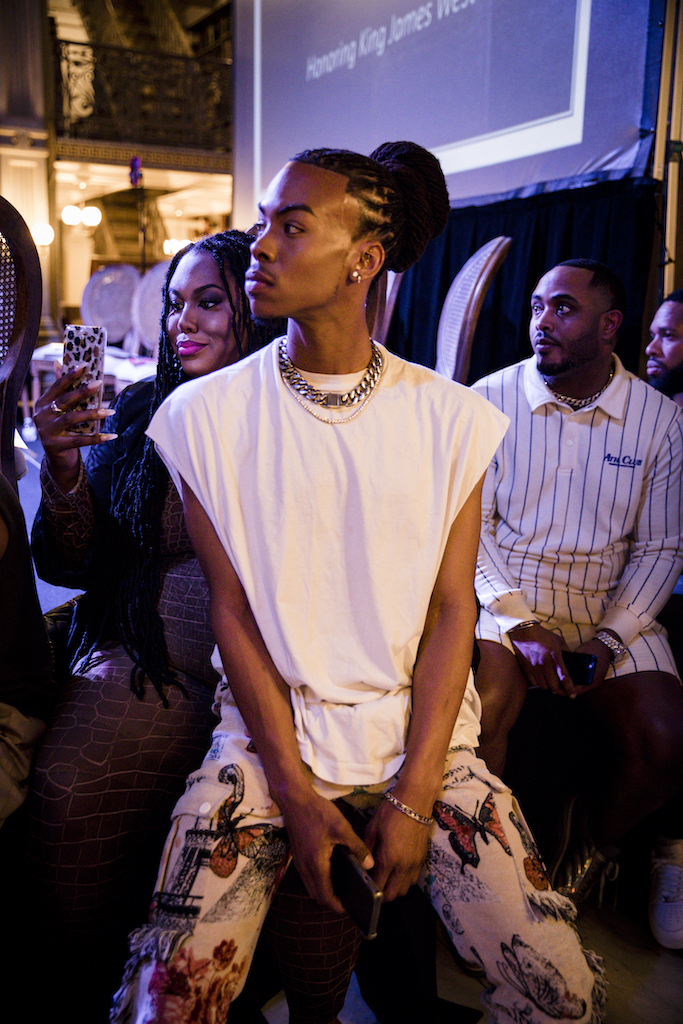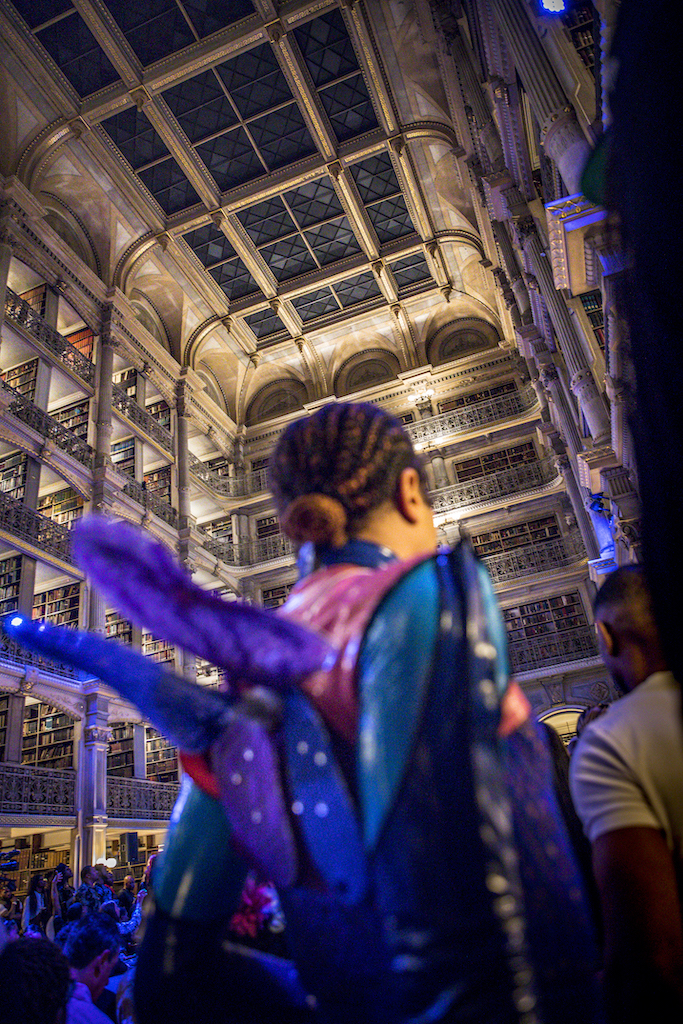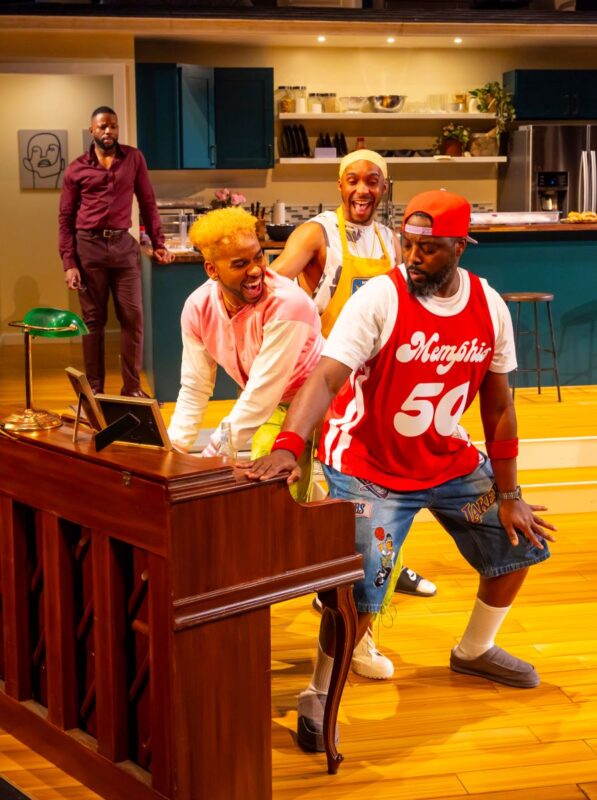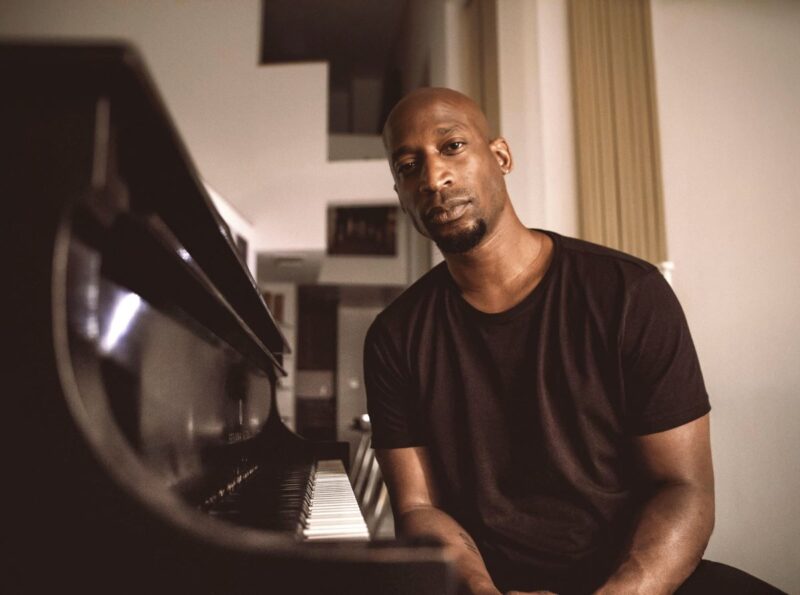Unlike about half of America in 2023, the culture wars are being won by LGBTQ+ communities of color in Baltimore–and we are all the better for it. Specifically, within ballroom culture, this historically marginalized group knows that beauty, art, and style is a love language and super power that transcends all barriers.
During these elaborate performances, audiences are given the opportunity to experience gorgeous, life-affirming spectacles that embrace artists from all walks of life. When LGBTQ+ cultural organizations are given significant support, nurtured, and have their work shared thoughtfully, the results are exponentially positive. One stunning example of a cultural win-win scenario is the Peabody Ballroom Experience, a collaboration between Johns Hopkins University Sheridan Libraries and leaders from Baltimore’s ballroom scene.
Over the past few years, Baltimore’s ballroom communities have received institutional support from JHU Sheridan Libraries—in the form of partnerships, an oral history project at the library, collaborations with student dancers, and an opulent space to host an annual ball competition. Coordinated by Dr. Joseph Plaster since 2019, “the project aims to cultivate an exchange of knowledge between the university and ballroom by offering diverse opportunities for faculty, students, staff, and ballroom to come together as partners in education.”
It culminates in an annual private, free event hosted at Peabody Library where performances and competitions include dancers walking against one another in different categories, with its most recent iteration on Saturday, April 15, 2023 in an event that lasted until midnight.
For those not familiar with ballroom culture, it is also described as “vogue”—a stylized form of dance created by Black and Latino LGBTQ+ communities in Harlem. According to the NMAAHC, “Between the 1960’s and 80’s New York drag competitions known as ‘balls’ transformed from elaborate pageantry to ‘vogue’ battles. As part of this ballroom culture, Black and Latino voguers would compete for trophies and the reputation of their ‘Houses’—groups that were part competitive affiliation, part surrogate family. Named after the famous fashion magazine, vogue took from the poses in high fashion and ancient Egyptian art, adding exaggerated hand gestures to tell a story and imitate various gender performances in categorized drag genres.”
Using dance, performance, and elaborate costume, ballroom artists prove that gender is a performance. They used ballroom competitions to build community, peacefully settle disputes between rivals, and to assure a high level of respect and care through elaborate ceremonies, awards, dance, and garments. During these performances, voguers “read” each other—and the winner is often the person who “throws the best shade.” And in reference to reading, or throwing shade, the ‘library’ is metaphorically a place where drag queens insult each other back and forth in a playful manner. In this case, we have a vogue ball being hosted literally in a library, with the Peabody Library, part of JHU, serving not just as an opulent architectural backdrop but as a place where this community feels safe and welcomed.
“Ballroom started in NYC. As it has grown, it began to travel to different cities and Baltimore was one of them,” explains vogue performer Marquis Clanton, of the House of Revlon in an earlier interview. “Over time it has grown and grown and has now gone international as well. I started voguing in 1999 and through time I learned, walked, battled, won, and being consistent with it allowed me to become one of the legendary icon masters of vogue. I now teach vogue and share the history with people all over Baltimore and across the world.”
